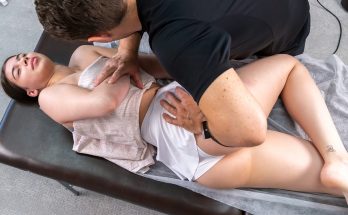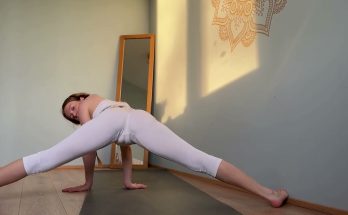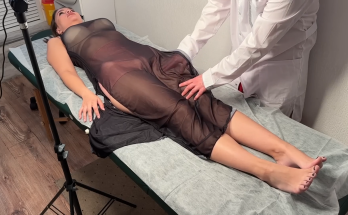Yoga has become a widely recognized tool for alleviating various types of physical discomfort, and one of the most common issues people seek help for is back pain. Whether due to poor posture, injury, or muscle stiffness, lower back pain is one of the leading causes of discomfort and reduced mobility. Fortunately, yoga offers a powerful solution. By combining stretching, strengthening, and mindful breathing, yoga can help release tension, improve flexibility, and restore balance to the body, making it a highly effective practice for managing and preventing back pain.
In 2025, yoga for back pain has become increasingly popular as people seek alternatives to pain medications and invasive treatments. One of the primary benefits of yoga is that it addresses both the physical and mental components of pain. Chronic pain can lead to feelings of stress, frustration, and anxiety, but yoga’s focus on breath and relaxation helps create a sense of calm. This mental reset, combined with the physical benefits, makes yoga a holistic solution for those suffering from lower back tension.
A key aspect of yoga for back pain is the focus on spinal alignment. Proper alignment is essential for preventing and relieving pain in the back. In yoga, poses like Mountain Pose (Tadasana) and Downward-Facing Dog (Adho Mukha Svanasana) promote alignment by encouraging a long, neutral spine. These poses help activate and strengthen the muscles that support the spine, such as the core, glutes, and back muscles. By regularly practicing yoga with a focus on alignment, you’ll develop better posture, which can reduce strain on the lower back.
Tightness in the hips and hamstrings can also contribute to lower back pain. When these muscles are stiff, they pull on the pelvis, causing misalignment in the spine and contributing to discomfort. Yoga’s gentle stretching can help release this tension and restore balance to the hips and lower back. Poses such as the Low Lunge (Anjaneyasana) and Forward Fold (Uttanasana) target these muscle groups, helping t
o open up the hips and stretch the hamstrings. These stretches promote greater flexibility and mobility, reducing the likelihood of back pain.
Strengthening the muscles that support the spine is another essential component of a yoga practice aimed at relieving back pain. Core strength is crucial for maintaining stability and protecting the lower back from strain. Poses like Plank (Phalakasana) and Bridge Pose (Setu Bandhasana) help activate and strengthen the core muscles, glutes, and lower back. A strong core helps maintain good posture and prevent excessive pressure on the spine, which can alleviate pain over time.
One of the most effective aspects of yoga is its emphasis on breathwork. Deep, controlled breathing activates the parasympathetic nervous system, which promotes relaxation and reduces muscle tension. In poses like Child’s Pose (Balasana) and Cat-Cow (Marjaryasana-Bitilasana), breath is used to guide the movement, allowing the body to relax into each stretch and release built-up tension in the muscles. By incorporating breathwork into your practice, you can enhance the effectiveness of each pose and promote a deeper sense of relaxation throughout the body.
Yoga also encourages mindfulness and body awareness. By paying close attention to how the body feels in each pose, you can identify areas of tension or discomfort and adjust accordingly. This level of awareness helps prevent injury and ensures that each movement is performed safely. For beginners, working with a qualified yoga instructor or following online tutorials can provide guidance on how to maintain proper alignment and avoid common mistakes that could exacerbate back pain.
While yoga can provide significant relief for lower back pain, it’s important to remember that consistency is key. A regular yoga practice—ideally practiced daily or several times a week—will yield the best results. Over time, you’ll notice improvements in flexibility, strength, and posture. Even small sessions, as short as 10-15 minutes, can make a big difference. By committing to regular practice, you can gradually reduce back pain and improve your overall quality of life.
Another benefit of yoga is its accessibility. You don’t need any special equipment or a gym membership to practice yoga at home. All you need is a yoga mat, comfortable clothing, and a quiet space. Many yoga instructors and online platforms offer free videos and tutorials specifically designed for back pain relief. Whether you prefer a gentle, restorative flow or a more active practice, there’s a wide variety of options available, making yoga a convenient and affordable solution for back pain.
In addition to the physical benefits, yoga promotes mental well-being, which is crucial for managing pain. Chronic pain can take a toll on mental health, leading to feelings of frustration, stress, and even depression. Yoga helps foster a positive mindset by encouraging mindfulness and self-compassion. By practicing regularly, you can develop greater resilience to pain and cultivate a sense of calm and balance, both physically and emotionally. In 2025, yoga is increasingly recognized not just as a physical practice, but as a mental and emotional wellness tool as well.


